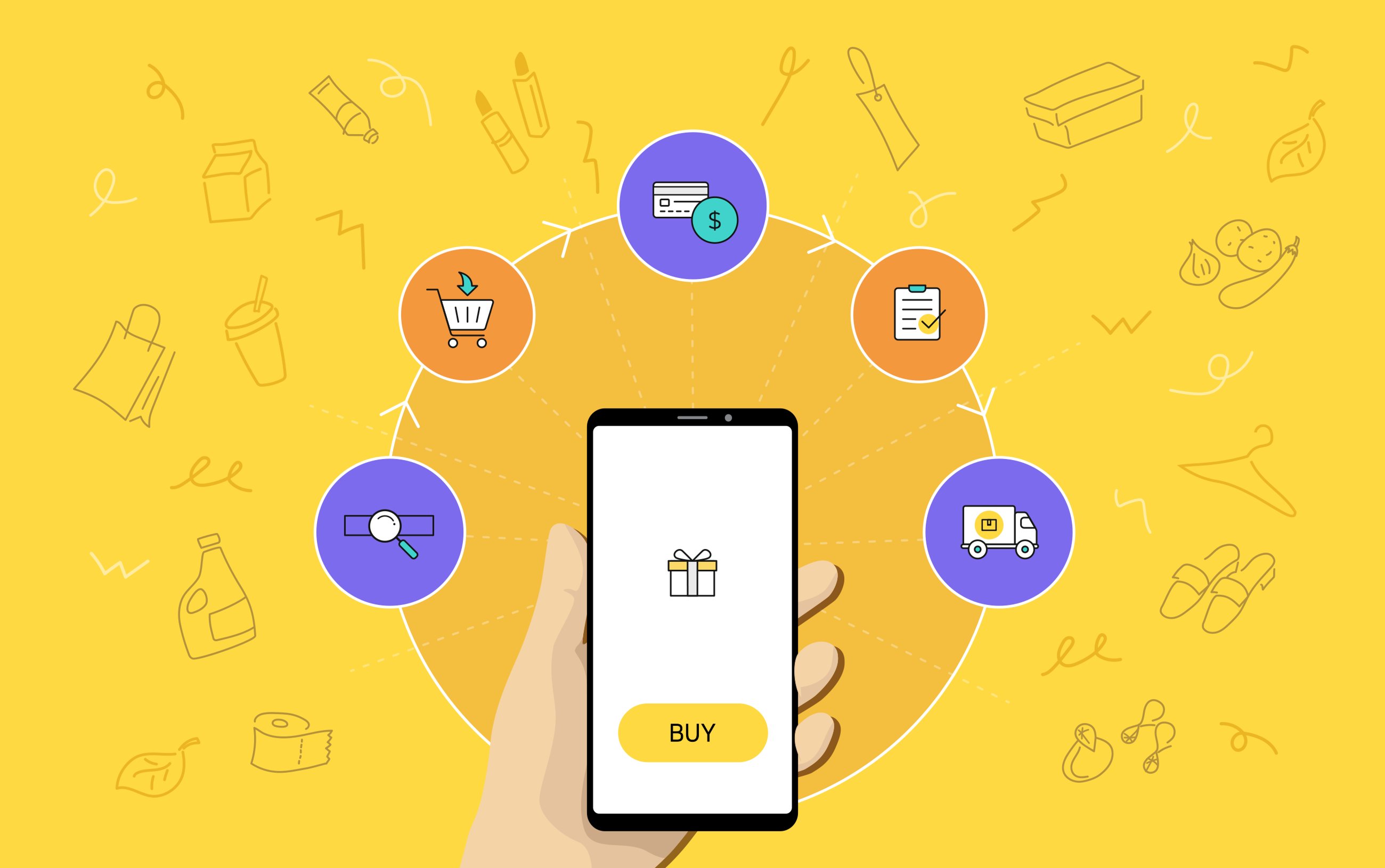Your Amazon marketing strategy should include more than just Amazon.
That might sound a little counterintuitive, but we really mean you should have a holistic marketing strategy that includes more than just Amazon. We’ve dubbed this omni-channel marketing, but the concept is the same — not putting each individual sales channel in a silo, but rather viewing them as an integrated whole.
If you’re selling on Amazon, your Amazon marketing strategy needs to include more than just Amazon. Here, we’ll present some situations where having this holistic strategy would benefit your business!
The Situation
If you’re wondering why you lost the Amazon Buy Box, it could be a result of lower pricing at one of your wholesale retailers.
Let’s say your brand makes and sells backpacks, and you wholesale to various retailers such as REI, BackCountry, and Dick’s Sporting Goods in addition to running your own brand store on Amazon.
Then let’s say that REI runs a promotion on your best-selling hiking backpack. The list price is typically $99, but REI is selling it for nearly half off at $59. If you have no knowledge of this promotion, you’ll likely keep selling that backpack at its usual $99 price on Amazon.
The Problem
Here’s the problem — Amazon keeps track of the prices of items on and off Amazon. So, if their crawlers detect that the price of an item on Amazon is priced “significantly higher than recent prices offered on or off Amazon,” they’ll remove the Buy Box from your listing, or even remove the listing all together in some cases.
They call it their Marketplace Fair Pricing Policy. Here’s a summary from Amazon:
“Amazon regularly monitors the prices of items on our marketplaces, including shipping costs, and compares them with other prices available to our customers. If we see pricing practices on a marketplace offer that harms customer trust, Amazon can remove the Buy Box, remove the offer, suspend the ship option, or, in serious or repeated cases, suspending or terminating selling privileges.”
So, if one of your retail partners drastically undercuts your price — either temporarily or permanently — your Amazon sales will be affected, and your Amazon marketing strategy will be negatively affected.
Some sellers have even reported that similar (not exact) items listed at lower prices on other marketplaces have caused them to lose the Buy Box as well.
Obviously, this is a problem for anyone who sells their products at retailers and on Amazon. Not having an Amazon marketing strategy that encompasses more than just Amazon means that your entire ecosystem is disconnected, and each area can suffer if you’re not fully aware of what’s happening at all times.
The Solution
Email Marketing
One solution to integrate your Amazon marketing strategy is to invest in email marketing. Even if you don’t have a dotcom site, you can still invest in email marketing. When you send out an email announcing a new product launch, you can still link to your Amazon PDP to drive sales there.
By creating a simple landing page with a form that collects email addresses, you can create a list of customers who are your fans and want to buy your products. This list will supplement your Amazon advertising that reaches the right people who are searching for a product like yours.
Monitor Retailers
This may seem like an obvious solution to your Amazon marketing strategy struggles, but it really is essential to creating a holistic marketing strategy. By monitoring the prices your retail partners are offering your products, you will better be able to reprice (or not reprice) your own items on Amazon in light of Amazon’s Marketplace Fair Pricing Policy.
In addition, this monitoring will allow you to have better inventory management to account for potential increases in sales on Amazon.
Integrate your Amazon Marketing Strategy with the rest of your marketing with the help of Blue Wheel.








.png)
.png)
